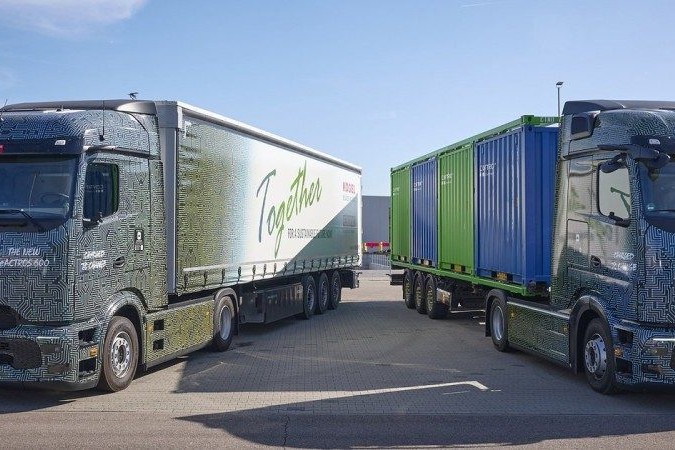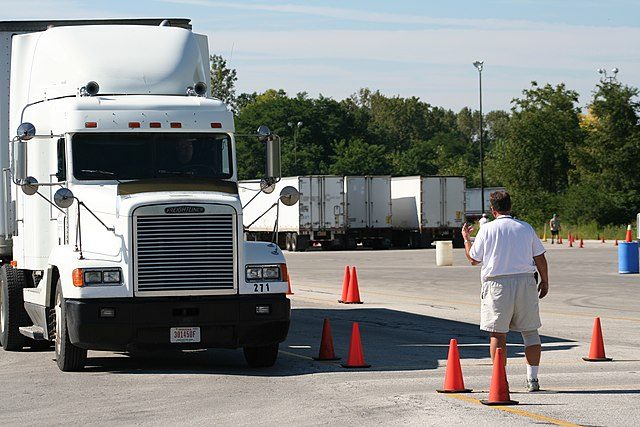Road paved with good intentions says RTF chief executive

The Government‘s Road to Zero strategy makes some laudable statements, but largely glosses over the facts and complexities of living up to its name, says Road Transport Forum chief executive Nick Leggett.
Consultation on the road safety strategy closed 14 August and the RTF has lodged a submission.
“Throughout the consultation process, the RTF has felt there is a lack of knowledge about, and indeed interest in, the role trucks play in keeping the New Zealand economy moving and food on people‘s tables,” Leggett says.
“The strategy is so geared to endorsing the government‘s ideology, ministers have made pre-emptive announcements ahead of completing consultation, including about installing more median barriers, roundabouts and safe cycling infrastructure on a further 2430kms of New Zealand roads. Such moves risk bringing the whole consultation purpose into question.”
Leggett says the RTF has put considerable time and effort into making a submission to try and solve what it believes is a more complex problem than is being acknowledged.
“We contend more attention needs to go into road surfaces and driver behaviour, and a concerted effort to bring the wider New Zealand community along for the ride. If communities are not engaged, you will not get a change in driver behaviour.
“The strategy is at times confusing, which will hamper community engagement. On the one hand, there is a passion to make roads safer, but on the other there is both a reluctance to spend money on new roads and road surfaces, and the government‘s relaxed attitude to recreational drug use, including plans to decriminalise marijuana.”
Leggett says drugged drivers were responsible for more deaths on New Zealand roads (71 last year and 88 the year before) than drivers over the legal alcohol limit.
“There is incredible complexity in aligning the pieces of legislation that cover road users and workplaces with legalising marijuana, but no one in government seems to be addressing this.”
On the road front, he says adding longitudinal median barriers and acoustic edge treatments does not compare with investing in foundational road design.
“Often it is better to invest in new roads than in aftermarket treatments, especially on roads where the surface has a limited life. Patching techniques used on some state highways can lead to run-off-the-road accidents for trucks and cars. Poor repairs to edge breaks also results in accidents where a trailer can drag the towing vehicle off the road.”
The RFT fears inadequate road repairs will continue as more money is fed into the median crash barrier policy objective.
“Ultimately, roads must continue to be built and designed for motor vehicles first. One of our concerns about the consultation document is the misleading use of statistics and the lack of depth of statistical evidence to support road treatments.
“An evidence base must be behind key decision-making. This means granulated data on crash causes and liability, taking into account population growth, and light and heavy vehicle number growth.
“The Road to Zero is paved with good intentions, but to achieve anything there needs to be the appropriate reactions to robust data analyses and a realistic look at the long-term game, that is changing driver behaviour.”






